In recent weeks, crypto panic has gripped investors as the cryptocurrency market grapples with massive volatility reminiscent of the market crash of 2020. Within a mere 24 hours, valuations in the crypto space plunged by over 10%, resulting in the staggering exit of more than $240 billion from digital assets. This devastating cryptocurrency market drop has sparked fears that we might be heading for another bearish market sentiment akin to that seen during the stock market panic of March 2020. Investors also witnessed a pronounced commodity price decline, with oil and gold prices tumbling significantly, leading many to question the stability of various asset classes. As uncertainty continues to permeate the market, stakeholders are left to wonder whether this current phase will yield long-lasting effects or soon stabilize.
The recent upheaval in financial markets has triggered widespread apprehension reminiscent of the chaotic climate seen during past economic downturns. Excitement over potential gains has swiftly transformed into a cautious retreat as traders navigate through turbulent conditions. The swift declines in asset prices across both cryptocurrencies and traditional stocks have raised concerns about an impending recession, prompting many to adopt a pessimistic outlook. With indications of increased volatility and market fragility, numerous participants are bracing for extended periods of uncertainty, seeking refuge in more stable assets. The buzz surrounding this atmosphere of fear persists, drawing parallels with previous downturns that have left a mark on both investors and market dynamics.
Understanding the Current Crypto Panic
The recent behavior of the cryptocurrency markets has left many investors in a state of shock. With a disastrous drop of 10% in just 24 hours, over $240 billion has been lost in a market already grappling with low confidence. This kind of volatility mirrors the dark days of March 2020, during the initial COVID-19 outbreak, when a massive market crash caused widespread panic across all asset classes. As traders and speculators react to deteriorating conditions, it’s crucial to recognize the underlying economic factors that are inciting this crypto panic.
As we face similar situations today, the trading atmosphere is saturated with bearish sentiments reminiscent of previous market crashes. Terms like ‘market crash 2020’ are resurfacing, reflecting the cyclical nature of financial crises, where crypto prices may plummet in the wake of negative news or regulatory concerns. Investors must navigate the complexities of both cryptocurrency and traditional markets, which are intertwined, as the decline in stocks often triggers fear in digital assets—as we see now.
The Ripple Effects of the Stock Market Panic
The stock market is enduring significant turmoil, with futures plunging by 15% over a span of three days. This level of downturn had not been witnessed since the 2020 pandemic crash, leading many to speculate whether we are in the early stages of a bear market. As prices plummet aggressively, the connection between stock prices and consumer sentiment becomes evident; a decline in the stock market often correlates with increased fear and panic among investors looking for stability in their portfolios.
Moreover, stock market panic doesn’t solely affect stocks; it has a domino effect on commodities and cryptocurrencies. A crash in stock prices tends to trigger a flight to cash, worsening conditions for markets already struggling under the weight of commodity price declines. Gold and oil have both seen negative trends recently, indicating a shift away from riskier assets. Therefore, the interdependence of these markets suggests that we may be witnessing a more extensive economic issue, beyond mere localized trading strategies.
Commodities Facing Severe Declines
Recent market conditions have resulted in a notable decline in commodity prices, with oil prices plummeting below $60 per barrel, suggesting a collapse in demand. This sharp decline in oil prices reflects broader economic concerns that have sent shockwaves through the commodities sector. Gold prices have also taken a hit, dropping significantly, as investors seek to liquidate assets in favor of cash, indicative of a broader market flight during uncertain times.
The commodity market’s reaction ties closely to the current macroeconomic landscape, with a bearish sentiment influencing trading behaviors. Amid falling stock and crypto prices, many investors are left scrambling for cover, leading to an overall decline in commodity demand. This downward trend showcases the profound interconnectedness of these asset classes—when investors panic, commodities often follow suit due to their perceived volatility and risk.
Lessons from the 2020 Market Crash
Analyzing the events of March 2020 reveals valuable lessons for today’s tumultuous market environment. During that period, investors faced unprecedented uncertainty, resulting in steep declines across all asset classes, including a crash in the cryptocurrency market. The parallels between the current situation and 2020 are striking; we now face rampant inflation, global uncertainties, and economic challenges reminiscent of that early pandemic phase.
The fallout from such crashes often leads to a reevaluation of risk tolerance under market pressure. Investors reflecting on the 2020 experience may find themselves more equipped to handle today’s volatility, learning to address their anxiety and reconsider their portfolios. However, there is a fine line between cautious anticipation and outright panic, as many still remember the financial struggles endured during the last market crash.
Bearish Market Sentiment: A Threat to Recovery
Bearish market sentiment has gripped investors as it becomes increasingly difficult to predict when the tide will turn. Terms like ‘bear market’ and ‘market crash 2020’ are echoing through investor discussions and social media. The prevailing fear affects decisions, often leading to heightened sell-offs and liquidity crises, which further exacerbate the market’s struggles. As liquidity dries up, investors find themselves unwilling to engage, fearing more losses.
Restoring confidence in the markets will require not just time but also significant changes in the economic indicators that guide decision-making. For many, seeing positive signs in terms of trade deals or stimulations from governments might help counteract the current bearish sentiment. Until those indicators improve, however, the frightful atmosphere that currently envelops both stocks and cryptocurrencies will likely persist, defining this era of market uncertainty.
Global Markets: A Synchronised Downturn
As the current market downturn continues, it is evident that we are witnessing a synchronized fall across global markets. This synchrony is alarming for investors, as various asset classes respond negatively to common external factors, including geopolitical tensions and economic pressures. Investors are gravitating toward safer assets in response; however, with every sector facing challenges, diversification becomes increasingly difficult.
The global nature of today’s financial environment means that the repercussions of a significant dip in one region can quickly ripple across the world. For cryptocurrency investors, this interconnectedness can trigger sudden price drops, leading to a panic that erases confidence built over years. As we analyze the collapse in various areas, it’s crucial to remain aware of interconnected events to formulate an effective strategy moving forward.
The Role of Institutional Investors in Volatility
Institutional investors play a critical role in the current volatility crisis unfolding across crypto and traditional markets. Their large-scale trading activities often exacerbate market movements, leading to cascading sell-offs during panic periods. As we see a significant crypto panic, the actions of these large investors can stir fear among smaller retail traders, prompting them to liquidate their holdings in an attempt to mitigate losses.
The involvement of institutional traders signifies a more profound connection to market sentiment. Their strategies and decisions can result in swift market reactions, causing an intensified atmosphere of fear. The mere announcements from these institutions can send ripples through the market, influencing investor actions even before actual trades are made, further underscoring the interconnected dynamics of market psychology and trading behavior.
Seeking Opportunity in Crisis
Amid the chaos and fear, some investors advocate for finding opportunities in crises. Historically, significant market downturns can yield lucrative buying opportunities for astute investors, particularly for cryptocurrencies that may rebound strongly post-panic. Financial analysts often suggest remaining vigilant during these turbulent times; such moments could provide survivors with avenues for substantial growth once the recovery begins, akin to the strategies used in previous market recoveries.
However, this optimistic mindset clashes with the current narrative of panic. While some advisors emphasize the potential benefits of patience and long-term vision during market contractions, many investors remain hesitant after witnessing such pronounced declines. The push-and-pull between fear and opportunity highlights the critical need for well-informed strategies when considering investments in a period marked by uncertainty.
Future Outlook: Will the Market Recover?
Looking ahead, many are left wondering whether the market can recover from this extensive downturn. Forecasting future movements amidst unpredictability, particularly in crypto markets, is fraught with challenges. Analysts point to historical patterns, suggesting that recovery, while possible, may take longer than anticipated this time. Factors such as inflation, interest rates, and overall economic health will play critical roles in shaping the landscape for recovery.
Moreover, the psychological impact of the current bearish market sentiment cannot be ignored. As fear takes hold, retail participation can dwindle, leading to a prolonged period of stagnation. Whether policymakers can ease fears with reassuring economic measures remains to be seen. The dynamic interplay between investor sentiment and market fundamentals will ultimately determine if and when a solid recovery can materialize.
Frequently Asked Questions
What is causing the current crypto panic that mirrors the market crash of 2020?
The current crypto panic is largely attributed to a rapid market downturn reminiscent of the March 2020 crash, with cryptocurrencies plummeting nearly 10% in just 24 hours. This has triggered a mass exodus of investment, with over $240 billion leaving the cryptocurrency market, stirring fears reminiscent of the past sell-off.
How does the cryptocurrency market drop affect investor sentiment and behavior?
The cryptocurrency market drop has plunged investor sentiment to bear market levels not seen since 2020. The prevailing panic is leading many investors to retreat to cash, reflecting a broader trend of fear across global markets, where bearish sentiment suggests continued volatility ahead.
Are we experiencing stock market panic similar to the 2020 Covid crisis?
Yes, stock market panic is evident as futures show significant declines, with declines reaching 15% in just three days. This situation draws parallels to the 2020 Covid crisis, where a similarly drastic drop in stock values was experienced.
What impact does a commodity price decline have on the cryptocurrency market?
A commodity price decline exacerbates cryptocurrency panic by diminishing overall market confidence. For instance, falling oil prices below $60 and substantial drops in gold prices signal economic uncertainty, compelling investors to pull back from riskier assets like cryptocurrencies.
Is the current bearish market sentiment expected to persist?
Current bearish market sentiment appears extreme, with experts indicating that it could lead to sustained trends of fear-driven selling across crypto and other financial markets. Historically low sentiment levels suggest that significant market shifts will be necessary to restore investor confidence.
How can investors protect themselves during periods of crypto panic?
Investors can protect themselves during crypto panic by diversifying their portfolios and maintaining a cash reserve for potential buying opportunities. Learning from the 2020 market crash, long-term investors should remain cautious and evaluate market conditions before making impulsive decisions during downturns.
Should I invest in cryptocurrency during a market crash like the one seen in 2020?
Investing during a market crash can be risky, yet it also presents potential buying opportunities for those prepared to enter at lower prices. However, investors should perform thorough research and consider their risk appetite before diving into a volatile market, especially amid strong panic signals.
| Asset Class | Market Change | Comments |
|---|---|---|
| Cryptocurrency | -10% in 24 hours | Over $240 billion has exited the market. |
| Stock Market Futures | -15% in 3 days | S&P 500 futures down by 22%, entering bear market territory. |
| Oil | Below $60 | Indicates collapsed demand. |
| Gold | – $180 in 2 sessions | Indicating a flight to cash. |
| Bonds | Soaring prices | Suggesting economic stagnation. |
Summary
Crypto panic has gripped the market, causing significant declines across various asset classes reminiscent of the 2020 crash. This sudden downturn has left investors apprehensive as they navigate an uncertain financial landscape. The widespread panic and economic fears highlight the vulnerability of markets, reminding us of the quicksilver nature of investment sentiment. As billions leave the crypto space, the necessity for cautious investments becomes paramount in these turbulent times.
Crypto panic has gripped the global financial landscape as markets tremble at levels not seen since the market crash of 2020. Over the past few days, the cryptocurrency market has experienced a staggering drop, with tens of billions of dollars evaporating in mere hours, echoing the fears surrounding a massive market crash. As traders react to bearish market sentiment, cryptocurrencies face a daunting 10% decline, intensifying concerns of a broader cryptocurrency market drop. Moreover, this atmosphere of uncertainty mirrors the stock market panic, where futures have plummeted, further compounding the sense of crisis across various asset classes. Investors are left scrambling as commodity price declines add to the financial turmoil, leaving many to wonder how deep this crypto panic will run.
In recent times, we have witnessed a surge in anxiety surrounding digital currencies, likened to the chaotic atmosphere during the 2020 lockdown period. This intense unease has sent shockwaves not just through cryptocurrency exchanges but across the stock market and commodities as well. Many analysts are drawing parallels between today’s situation and earlier bearish trends, highlighting a retreat from risk assets reminiscent of past downturns. As fear descends over economic prospects, traders find themselves navigating choppy waters marked by extreme volatility and heavy sell-offs. The current climate raises critical questions about future investments and the sustainability of confidence in digital and traditional markets alike.


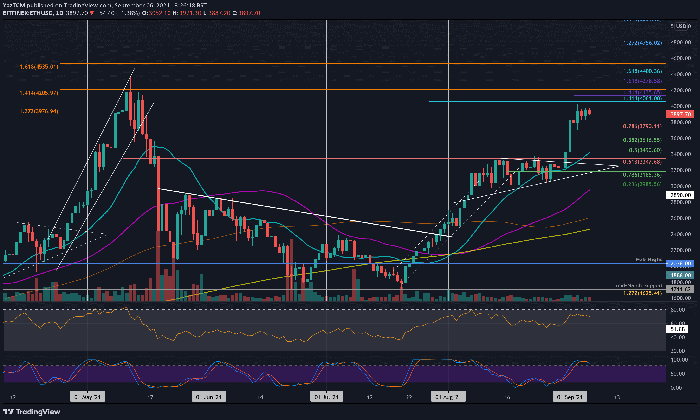


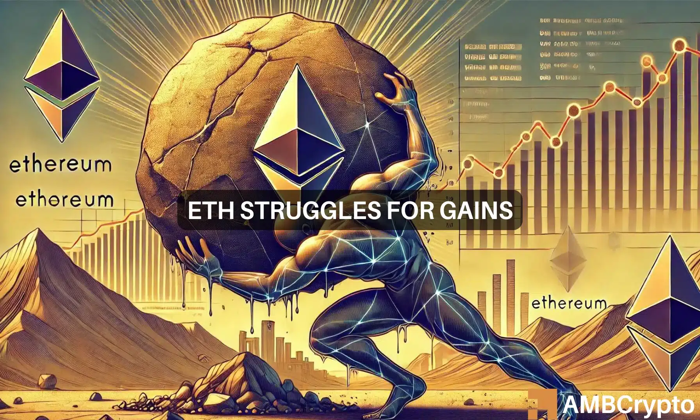


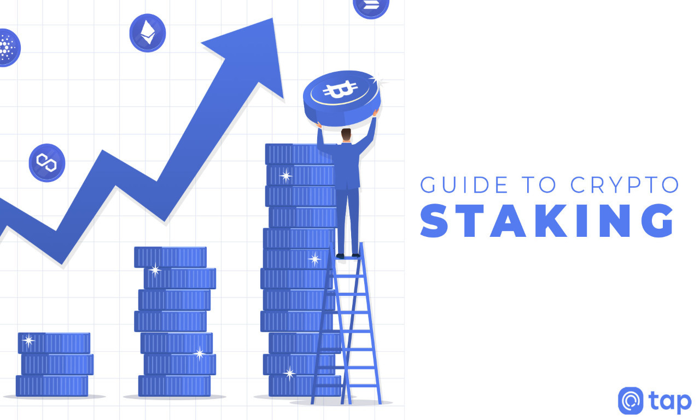

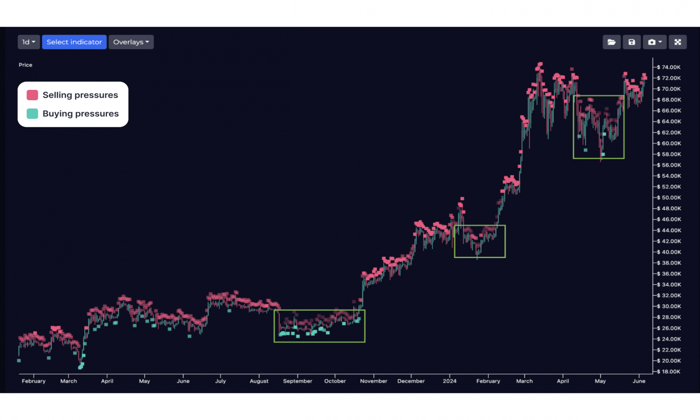


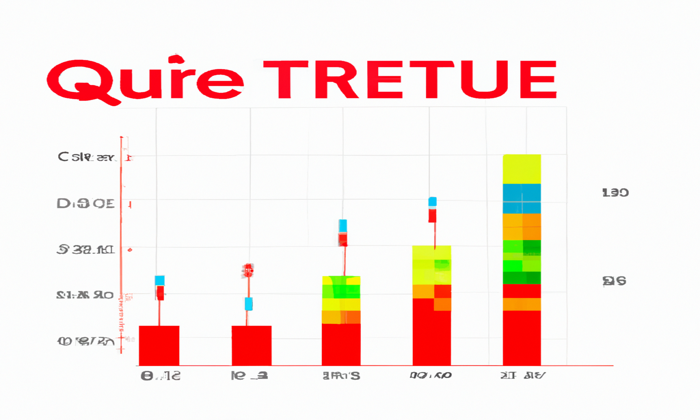


Leave a Reply